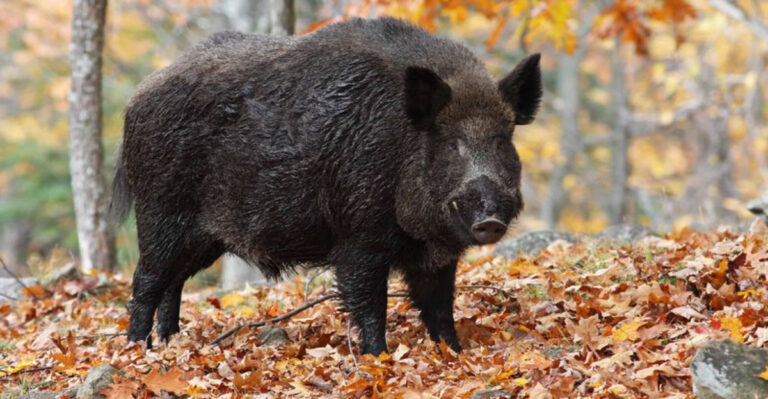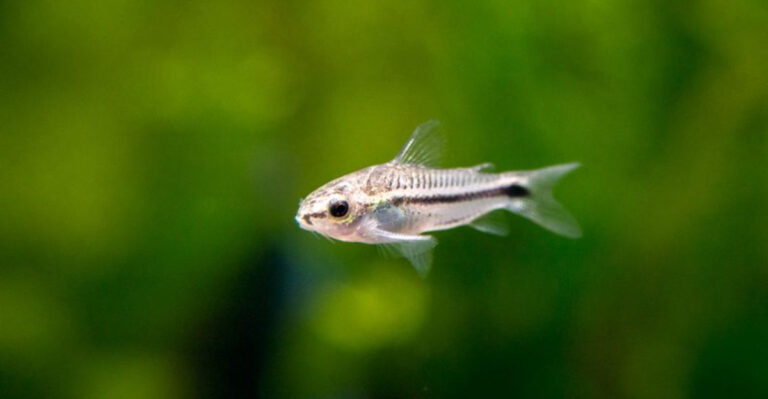15 Helpful Animals You Should Welcome To Your Property
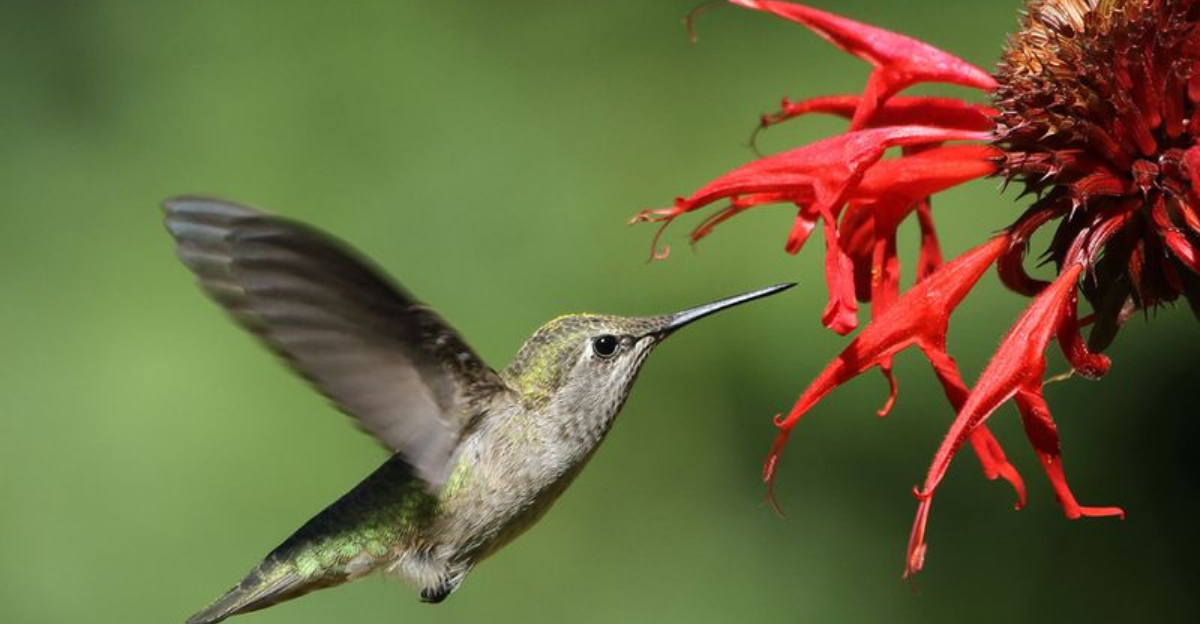
Ever wondered which animals could actually help your property thrive instead of causing problems? Nature has provided us with amazing creatures that can protect our gardens, control pests, and even improve soil health naturally.
Welcoming these helpful animals to your yard or farm isn’t just good for them – it’s a smart move that can reduce your workload and create a more balanced ecosystem.
1. Ladybugs: The Gardener’s Tiny Defenders
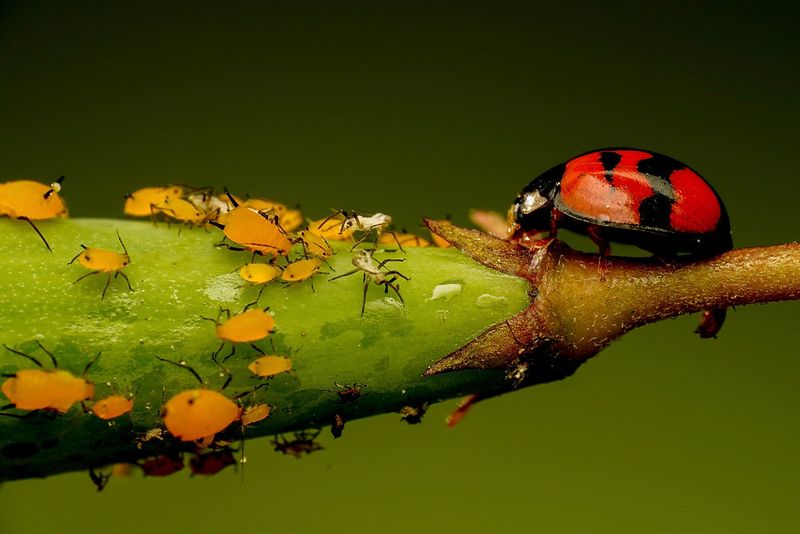
These spotted wonders are garden superheroes in disguise! A single ladybug can devour up to 5,000 aphids in its lifetime, protecting your plants from these destructive pests without any chemicals.
Ladybugs also tackle mealybugs, mites, and other soft-bodied insects that damage gardens. To attract them, plant dill, fennel, or marigolds around your property.
You can even purchase ladybugs from garden centers and release them at dusk when they’re less likely to fly away immediately.
2. Honeybees: Pollination Champions
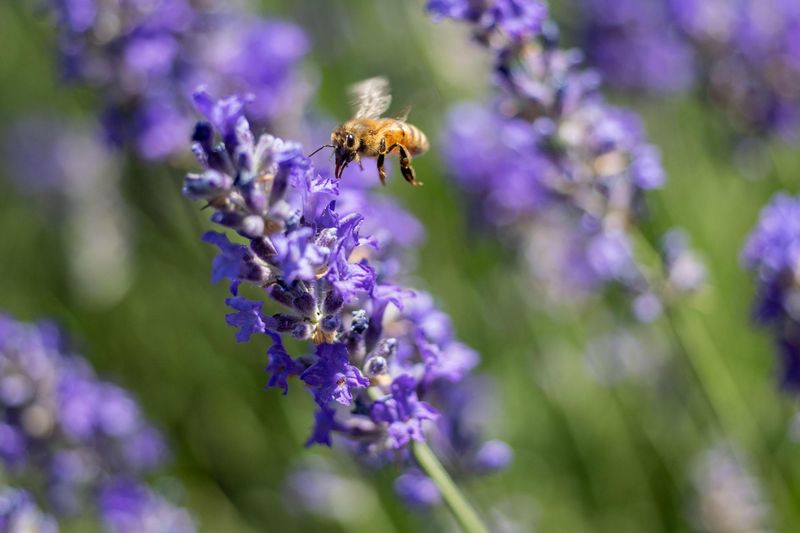
Gardens thrive when honeybees visit! These buzzing workers pollinate about one-third of the food we eat, making them essential for fruit trees, vegetable gardens, and flowering plants.
Beyond honey production, bees increase crop yields dramatically. A well-pollinated apple tree might produce 50-80 pounds more fruit than one without bee visitors.
Create a bee-friendly environment with shallow water sources and flowering plants like lavender, sunflowers, and clover that bloom throughout different seasons.
3. Earthworms: Underground Soil Engineers
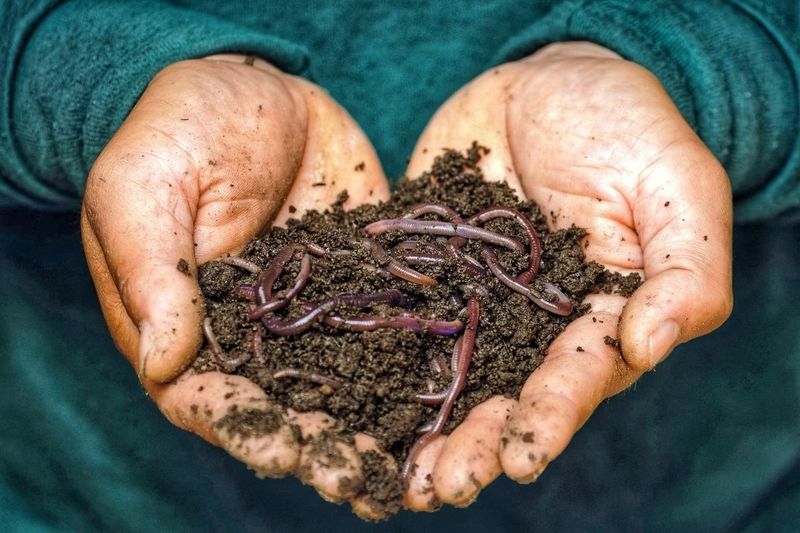
Charles Darwin called them “nature’s plow” for good reason! These humble creatures create tunnels that aerate soil, allowing water and nutrients to reach plant roots more effectively.
Worm castings (their poop) are like gold for your garden – rich in nitrogen, phosphorus and potassium. A healthy population can process several tons of soil per acre annually, transforming dead organic matter into nutrient-rich material.
Encourage earthworms by avoiding chemical pesticides and adding organic mulch to your soil.
4. Praying Mantis: Silent Garden Sentinels
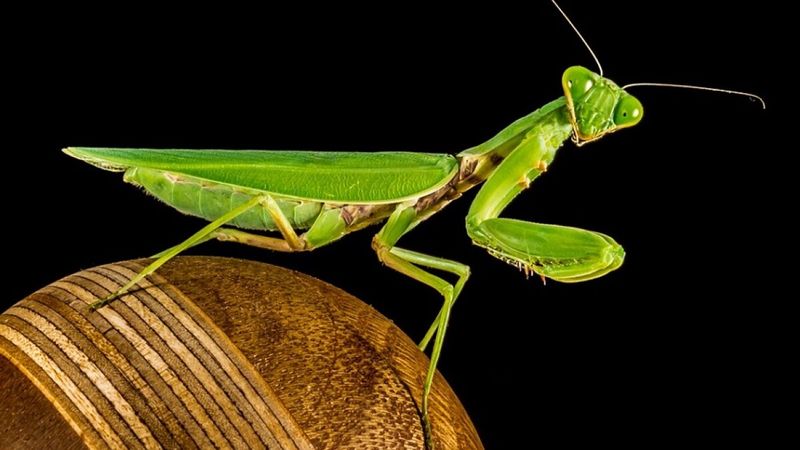
With their distinctive prayer-like stance and triangular heads, praying mantises are fascinating predators that help control pest populations. They’ll feast on flies, crickets, moths, and even occasional small frogs!
Unlike some beneficial insects that target specific pests, mantises are generalists that hunt both harmful and beneficial insects. Their egg cases (called oothecae) contain hundreds of babies that hatch in spring.
Attract them by avoiding pesticides and planting shrubs where they can hunt and lay eggs.
5. Bats: Nighttime Mosquito Hunters
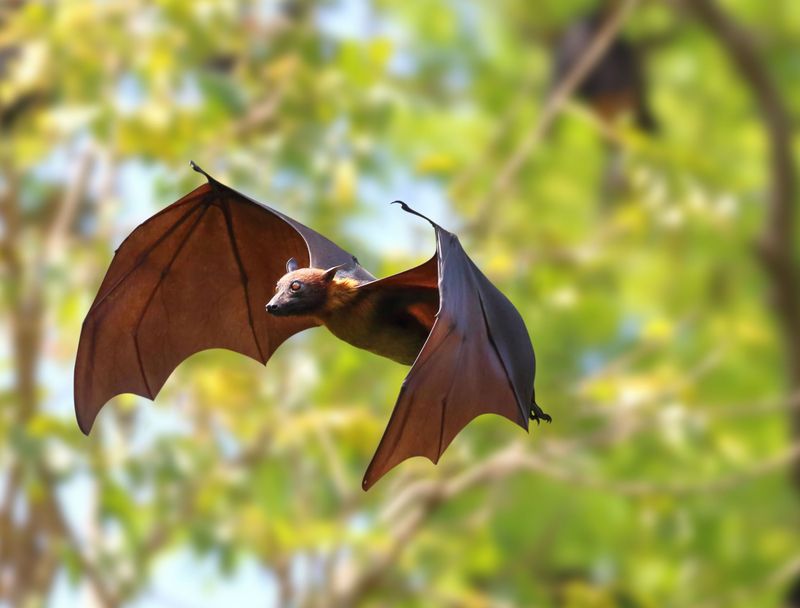
Forget bug zappers! A single little brown bat can capture 600-1,000 mosquitoes in just one hour of hunting. These nocturnal mammals provide incredible natural pest control while you sleep.
Beyond mosquitoes, bats consume beetles, moths, and other nighttime insects that damage crops and gardens. Some species also pollinate plants and spread seeds, helping regenerate forests.
Install a bat house on a tree or building at least 10 feet high, facing south or southeast for maximum sun exposure to welcome these helpful creatures.
6. Chickens: Feathered Pest Patrol
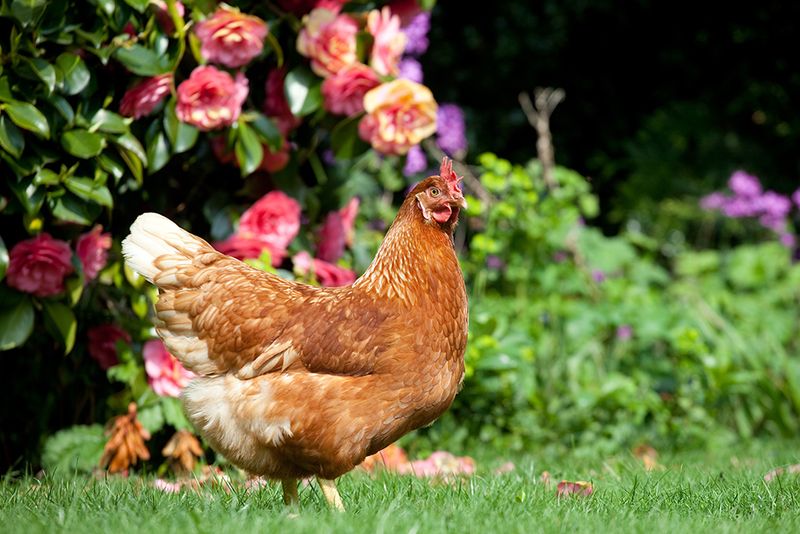
Free-ranging chickens are like living rototillers with pest control skills! They eagerly scratch and peck for ticks, grubs, slugs, and other garden pests while simultaneously turning and aerating the top layer of soil.
Their droppings provide nitrogen-rich fertilizer that improves soil health. Chickens also reduce fly populations by consuming larvae and help control weeds by eating seeds before they sprout.
Just be careful to keep them away from tender seedlings and ripening fruits, which they’ll happily sample alongside the pests!
7. Toads: Amphibian Bug Busters
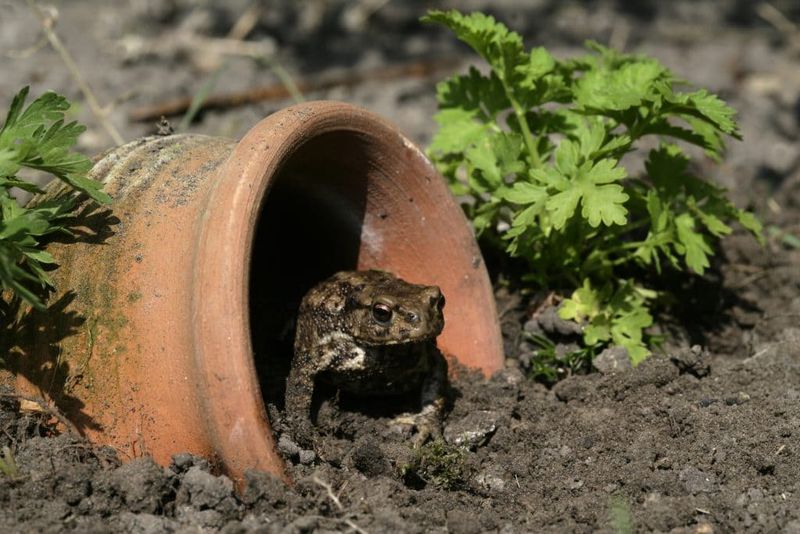
Garden toads are insatiable insect-eaters that consume up to 10,000 pests during one summer season! Unlike frogs, these bumpy-skinned amphibians spend more time on land, making them perfect garden allies.
They’re especially active at night when many destructive pests emerge. Slugs, cutworms, beetles, and flies don’t stand a chance against a toad’s lightning-fast tongue.
Create toad habitats by placing shallow dishes of water in shady spots and providing toad houses (overturned clay pots with entrance notches) where they can shelter during hot days.
8. Garter Snakes: Slithering Rodent Control
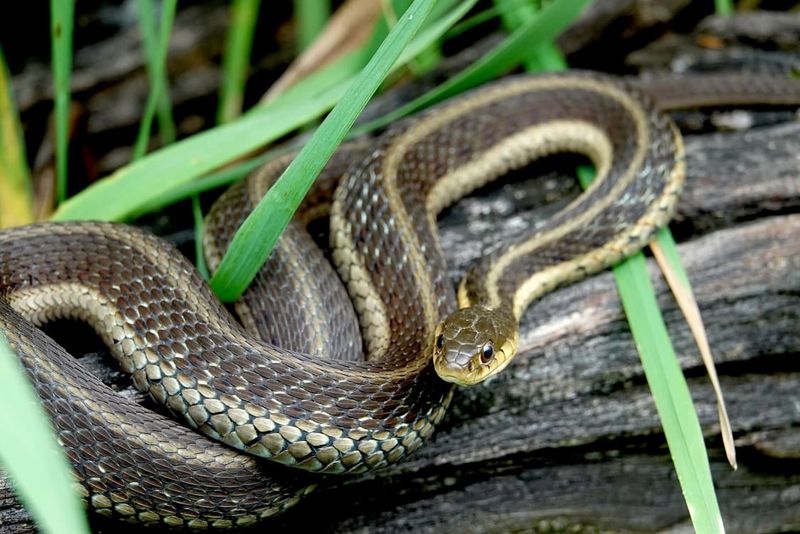
Don’t panic if you spot these harmless striped snakes! Garter snakes are non-venomous garden helpers that primarily hunt mice, voles, and other small rodents that damage plants and spread disease.
They also consume slugs, grasshoppers, and other garden pests. Unlike destructive rodents that gnaw on plants, these elegant reptiles cause no damage to your garden while providing free pest management.
Create snake-friendly habitat with rock piles, low-growing ground covers, and compost heaps where they can find shelter and basking spots.
9. Dragonflies: Aerial Mosquito Assassins
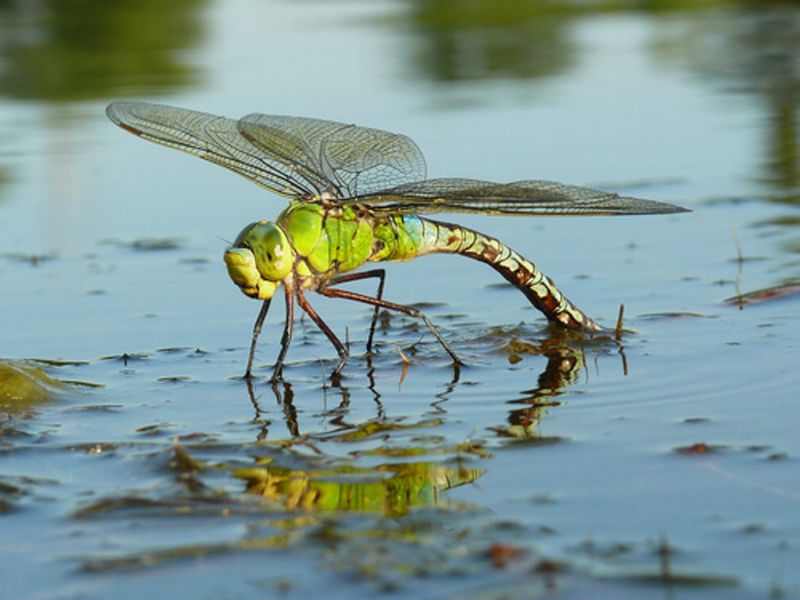
With four wings and incredible aerial agility, dragonflies are nature’s mosquito control specialists. A single dragonfly can consume hundreds of mosquitoes daily, making outdoor spaces more enjoyable for humans.
These ancient insects have existed for over 300 million years and play crucial roles in wetland ecosystems. Their aquatic larvae (nymphs) are equally beneficial, feeding on mosquito larvae and other water-dwelling pests.
Attract dragonflies by installing a small pond with native aquatic plants and avoiding broad-spectrum insecticides that harm these beneficial predators.
10. Hummingbirds: Tiny Pollinators With Big Impact
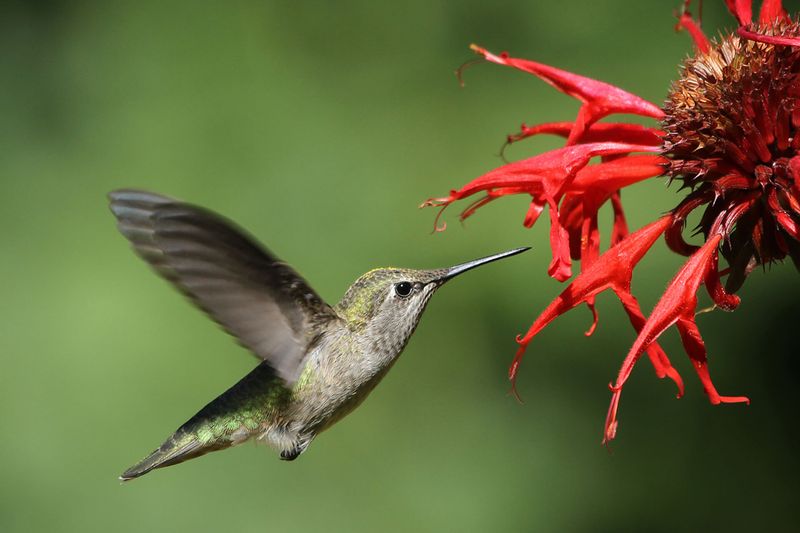
These jewel-like birds aren’t just beautiful – they’re hardworking pollinators that visit hundreds of flowers daily! Their long bills and brush-tipped tongues are perfectly designed to reach deep into tubular blossoms other pollinators can’t access.
While sipping nectar, hummingbirds transfer pollen between flowers, helping plants produce fruits and seeds. As a bonus, they consume small insects like gnats, aphids, and fruit flies.
Attract them with bright tubular flowers such as salvias, bee balm, and fuchsias, plus sugar-water feeders with one part sugar to four parts water.
11. Owls: Silent Night Patrol Against Rodents
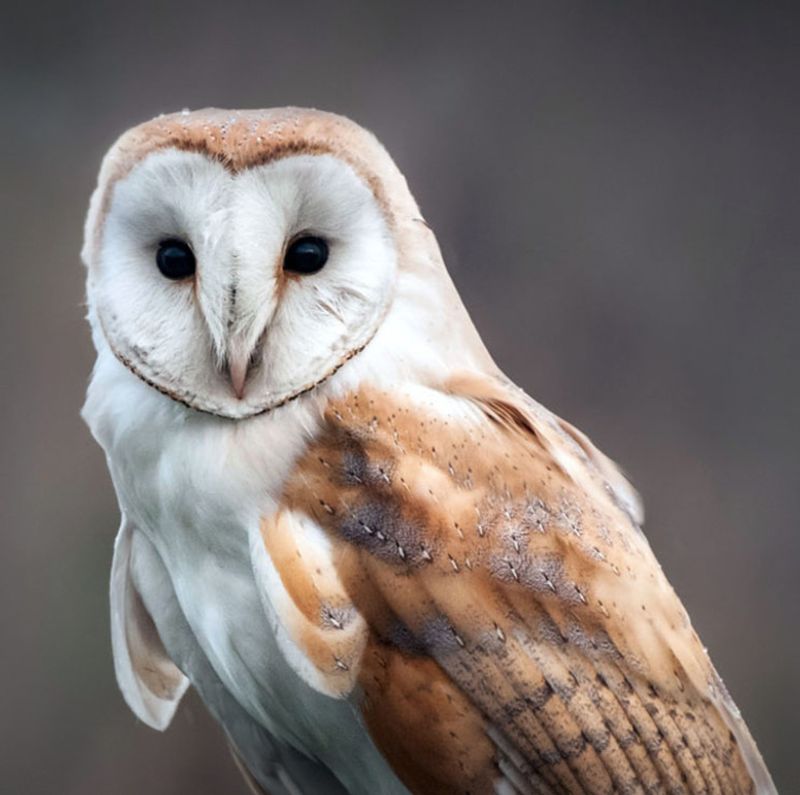
A family of barn owls can consume over 3,000 rodents in a single breeding season! These silent nocturnal hunters provide exceptional pest control for farms, orchards, and large properties plagued by mice, voles, and rats.
Their specialized hearing allows them to detect prey moving under snow or leaves. Barn owls are particularly beneficial since they hunt open areas where rodent damage to crops and structures is common.
Install owl nesting boxes on tall posts or buildings to attract these efficient hunters to your property.
12. Ground Beetles: Nocturnal Pest Hunters
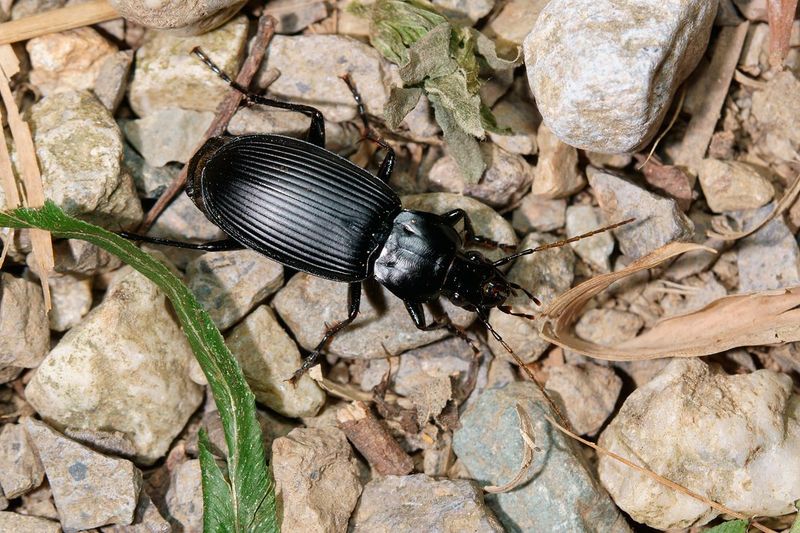
Lurking in the soil and leaf litter, these shiny black beetles are garden guardians that emerge at night to hunt. They voraciously consume slug eggs, cutworms, Colorado potato beetles, and many other destructive pests.
Most ground beetles live 2-3 years, providing long-term pest control. Their larvae are equally beneficial, hunting soil-dwelling pests beneath the surface where many predators can’t reach.
Create beetle-friendly habitat with permanent mulch beds, ground covers, and stone or log borders where these valuable insects can shelter during daylight hours.
13. Opossums: Tick-Devouring Marsupials
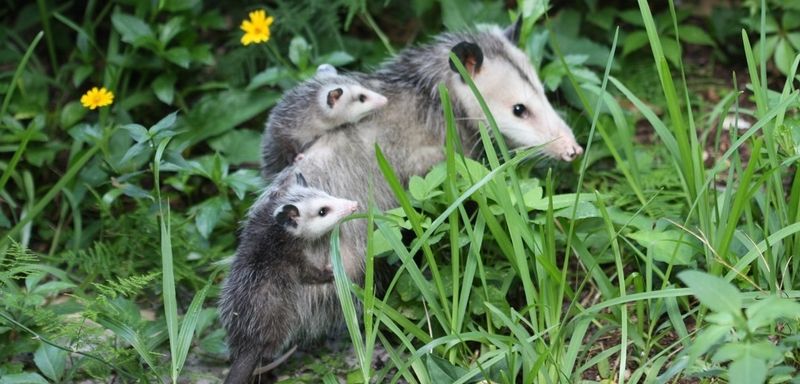
North America’s only marsupial deserves more respect! These misunderstood mammals consume thousands of ticks annually – studies show a single opossum can eat 5,000+ ticks in one season, significantly reducing Lyme disease risk.
Their varied diet includes snails, slugs, mice, rats, and overripe fallen fruits that might otherwise attract pests. With naturally high body temperatures and robust immune systems, opossums rarely carry rabies or other diseases.
Welcome them by providing brush piles for shelter and avoiding use of rodenticides that could harm these beneficial creatures.
14. Spiders: Web-Spinning Pest Catchers
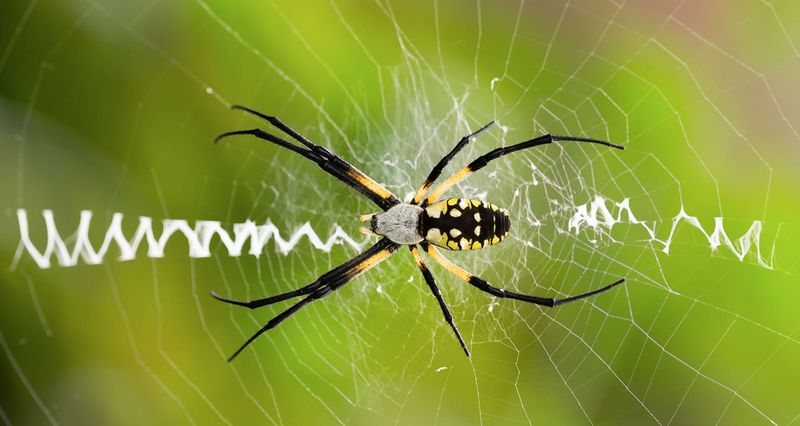
Before squashing that spider, consider this: garden spiders capture countless flying insects that damage plants and bother humans. Different species target different pests – orb weavers catch mosquitoes and flies, while wolf spiders hunt crickets and beetles on the ground.
Unlike insect pests, spiders don’t damage plants or spread plant diseases. Most garden species are harmless to humans while providing free, continuous pest control.
Encourage these eight-legged allies by avoiding broad-spectrum insecticides and providing structural plants where they can build webs.
15. Ducks: Slug And Snail Specialists
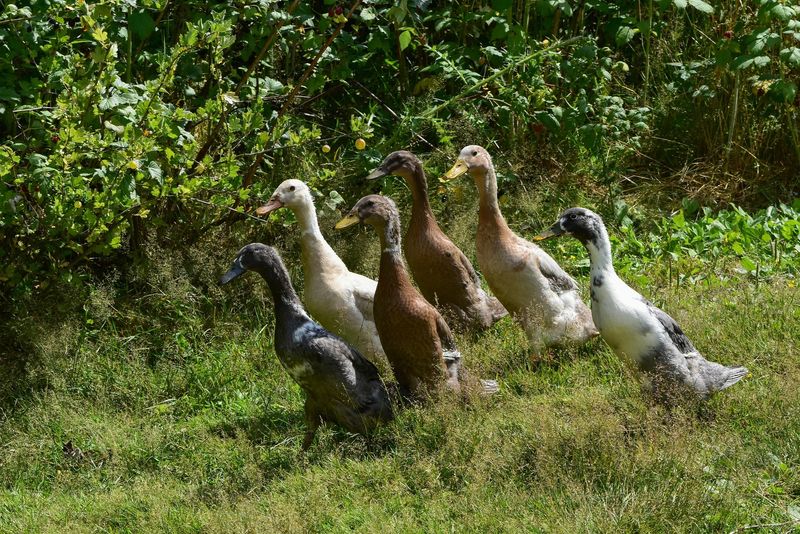
Runner ducks are the ultimate solution for slug and snail problems! These upright, energetic birds patrol gardens with remarkable efficiency, gobbling up these slimy pests while leaving plants untouched.
Unlike chickens, ducks rarely scratch or damage garden beds. They also consume mosquito larvae in standing water, harmful beetles, and many other garden pests while producing nitrogen-rich manure.
Indian Runners and Khaki Campbells are particularly good garden helpers due to their active foraging behavior and minimal impact on plants.




